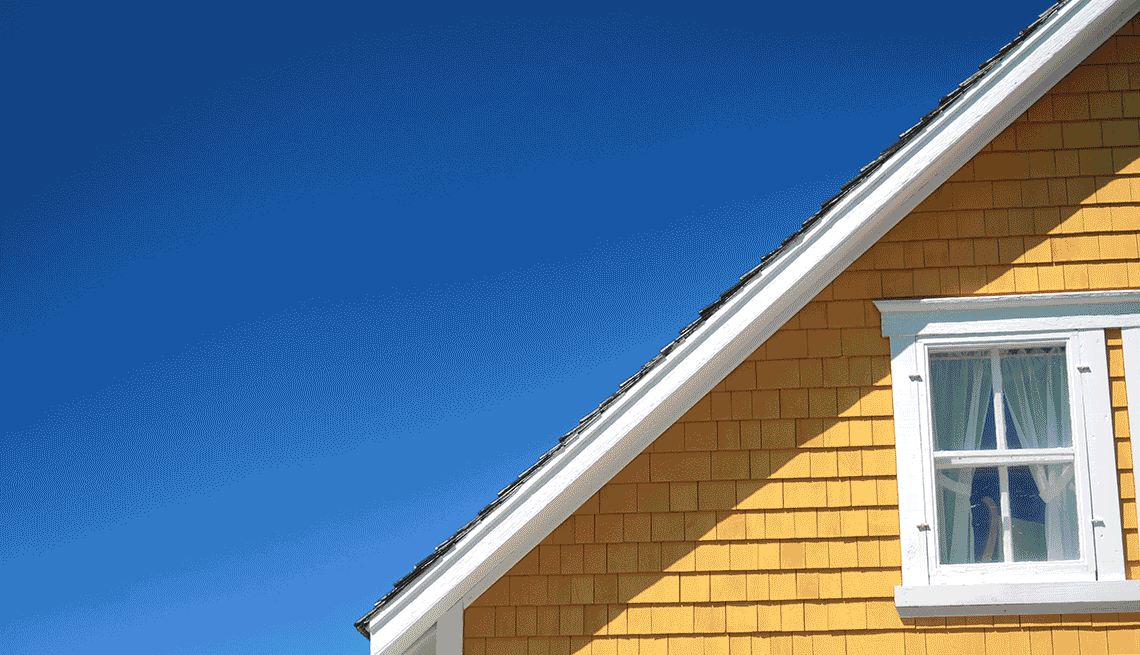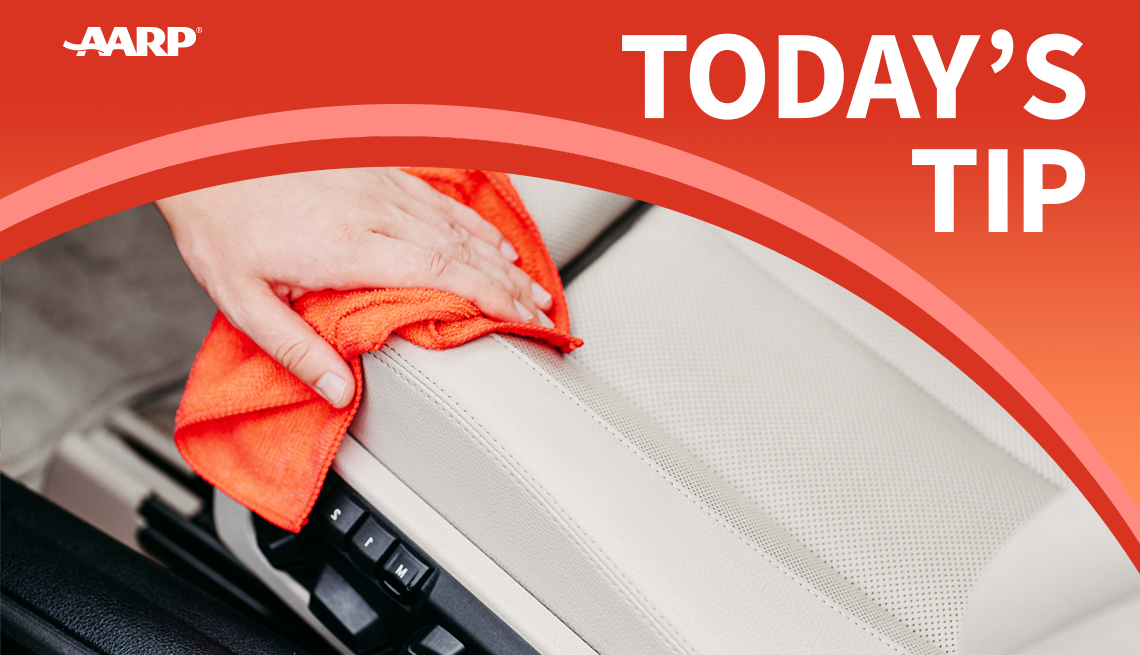
- Select a language for the TTS:
- UK English Female
- UK English Male
- US English Female
- US English Male
- Australian Female
- Australian Male
- Language selected: (auto detect) - EN
Play all audios:
The risk of falling rises with age as people experience decreased mobility, reduced eyesight, muscle weakness and other conditions. Each year, more than 10 percent of adults 65 and older
have falls that result in injuries. Falls happen mostly at home and mainly in the bathroom, which can be a slippery space with hard surfaces. Bathroom design upgrades — from small and
inexpensive to big and bold — can make a difference and help prevent falls. “The great news is that aging in place and universal interior design has really come such a long way,” says
Caroline Danielson, director of showrooms for Ferguson Bath, Kitchen & Lighting Gallery. “We see a lot of manufacturers and homeowners really thinking about how to design for everybody.
It doesn’t have to feel utilitarian.” It’s not just about fall prevention. Experts stress the importance of thinking about the bathroom as a flexible space to suit your needs now and in
the future. “Anyone at any time can have something happen that prevents them from fully using their bathroom if it’s not designed accessibly,” says Jamie Gold, a certified aging in place
specialist and a certified Mayo Clinic wellness coach based in San Diego. “You should do it regardless of your age or athleticism. It’s life-proofing your home.” Kraig Odden’s recent
bathroom renovation of his St. Paul, Minnesota, condo, included a low-curb shower, shown here. Derek Bourcy Kraig Odden, 57, renovated two bathrooms in the St. Paul, Minnesota, condo he
shares with his husband with a nod toward features they don’t need now but may need later. In the master bathroom, they converted the tub and shower to a walk-in shower with a low threshold,
a built-in bench, a hand sprayer and a grab bar. They installed a reinforcement in the wall — called a block — next to the toilet and shower entry for a future grab bar. “The impetus was
to replace the main bathroom tub/shower with a walk-in shower, and along the way, there was the realization that we had an opportunity to make it friendlier to aging and ease of use down
the road,” Odden says. “We wanted more comfort and accessibility.” Here are 14 more ideas to help make your bathroom suitable now and later: BATHE IN GLORY INSTALLING A HANDHELD
SPRAYER in your shower (or tub) is “one of the simplest things you can do to add wellness to your home” and it’s DIY-friendly, Gold says. It helps people who aren’t as agile as they once
were either due to aging or a mishap. Kraig Odden's bathroom renovation of his St. Paul, Minnesota, condo, included a built-in bench and grab bar. Derek Bourcy Similarly, ADDING A
BUILT-IN BENCH or a portable chair to a shower helps people who are frail or unsteady on their feet. CURBLESS SHOWERS aren’t only designed for wheelchairs (but if you install a
wheelchair-friendly curbless shower, the National Association of Home Builders suggests it should have at least a 60-inch turning radius). “It’s something less to trip on for someone who
might have balance, fatigue or issues,” says Gold, the author of _Wellness by Design: A Room-by-Room Guide to Optimizing Your Home for Health, Fitness + Happiness_ and _New Bathroom Idea
Book_. Regardless of age, “if your back is aching after 36 holes of golf on vacation and you’re not as flexible or agile as usual, having a shower designed for flexibility will help you.” A
curbless shower will set you back $6,000 to $10,000.









